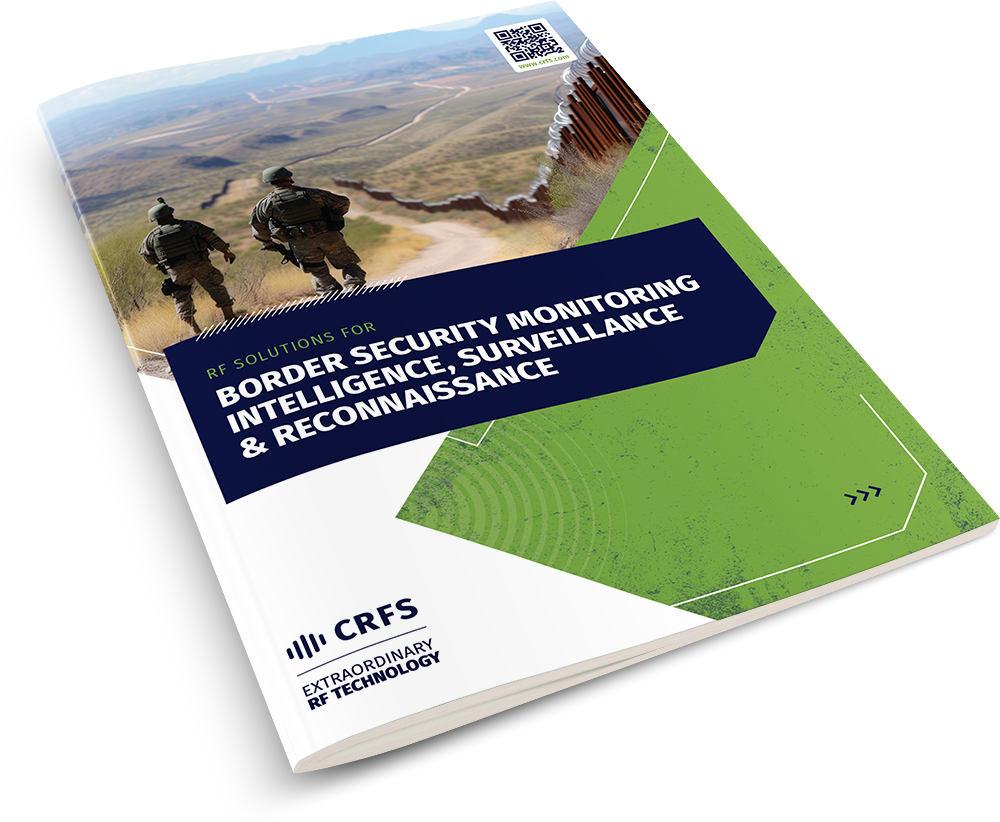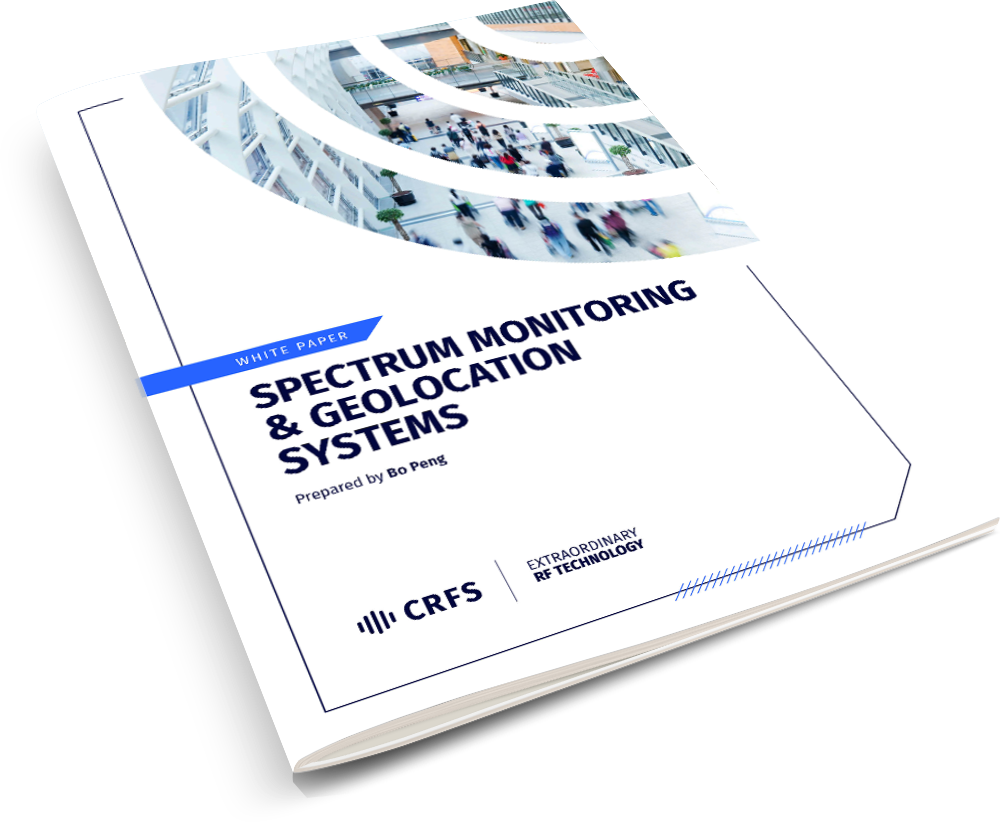Border security monitoring
Helping border agencies maintain territorial integrity through real-time situational awareness
Overview
Traditional approaches to border security involve physical security, electro-optical surveillance, and radar. While these methods are essential, they have drawbacks, including limited coverage, scaling challenges, and human error.
Illegal activity at borders is often aided by communications devices that emit RF signals, such as cell phones, push-to-talk radios, or even radars. Therefore, by using a network of receivers and exploiting these signals, border forces can detect, classify, and geolocate emissions. Automated, passive 24/7 RF spectrum delivers a vast amount of additional intelligence, improving situational awareness without being overtly defensive.
CRFS works with military border forces and border agencies to create passive ISR solutions capable of interconnecting land, air, and sea missions. These include vehicle, drone, and tethered drone integrations and support border agency and EW operations.
Highly sensitive RF receivers
Passive 1–1000km surveillance missions
Hostile neighbor monitoring
Land border crossing monitoring
Coastal surveillance
Port protection & smuggling
Small & wide-area sensor networks
EW integrations

BROCHURE
RF solutions for border security monitoring intelligence, surveillance & reconnaissance
Border security monitoring solutions that allow governments, militaries, and border agencies to enhance national security by protecting land, airspace, and sensitive infrastructure.
Border security monitoring applications
Detect unmanned aerial vehicles (UAVs)
RF monitoring systems detect and geolocate unauthorized and modified UAVs that may be used for surveillance, smuggling, or other illicit activities in border areas.
Passive air defense
Pasive RF monitoring across borders spanning thousands of kilometers can provide covert intelligence on hostile aircraft or ISR drones conducting reconnaissance missions.
National security
Closely monitoring borders gives border forces tactical advantages and strategic awareness—useful for both cross-border cooperation and countering potential threats.
Illegal immigration control
Spectrum monitoring can help geolocate and monitor the movements of individuals and groups attempting to cross a border without the correct documentation.
Smuggling & trafficking control
RF monitoring technologies help identify and intercept attempts to smuggle contraband, narcotics, weapons, and human trafficking across borders.
Border intrusion detection
Intrusion detection systems identify any attempts to breach border security infrastructure, such as fences, barriers, or walls.
Unauthorized border crossing detection
Monitoring systems detect and alert authorities to individuals or vehicles attempting to cross both land and maritime borders without proper authorization.
Talk to an advisor about border security monitoring
Border security monitoring expertise

Augmenting border security & defense with Radio Frequency (RF) sensor technology
This white paper was guided by the results of a border security survey aimed at border control, border security, and military personnel tasked with national security and defense. It examines how RF sensor technology can be used to tackle modern border security threats.

Survey - Enhancing border security with RF technology
CRFS sent border security agencies and forces across the globe a survey to understand their perspectives on integrating radio frequency (RF) technology into their operations. Here are the results.

Spectrum monitoring & geolocation systems
An overview of contemporary radio spectrum monitoring practice and the sensor and geolocation technologies required to meet emerging challenges.



DETECTION & 3D GEOLOCATION OF AERIAL TARGETS OVER WIDE AREAS
How a NATO partner built an air defense platform to increase national security
Read the storyREAL-TIME DIRECTION FINDING & FULL SPECTRUM AWARENESS
How a Southeast Asian government intelligence service secured multiple borders.
Read the storyMoD BORDER SURVEILLANCE IN THE MIDDLE EAST
How a government agency secured its borders in a volatile region.
Read the storyRelated reading


